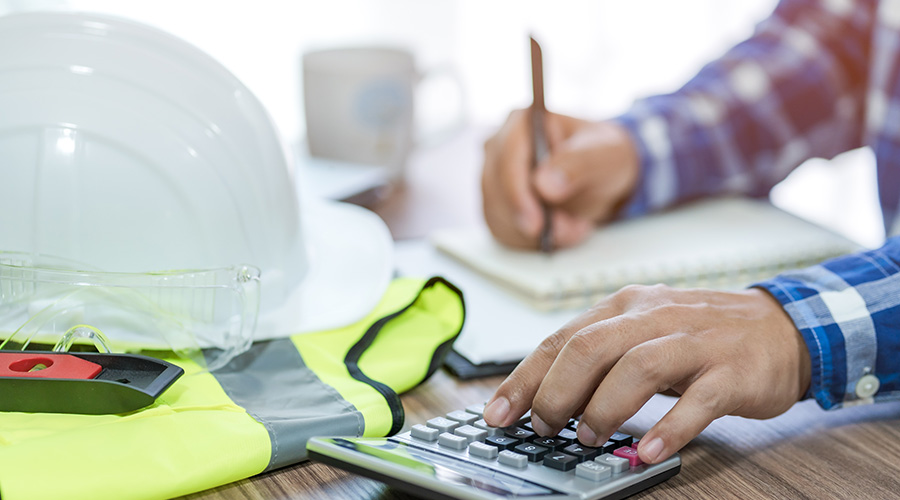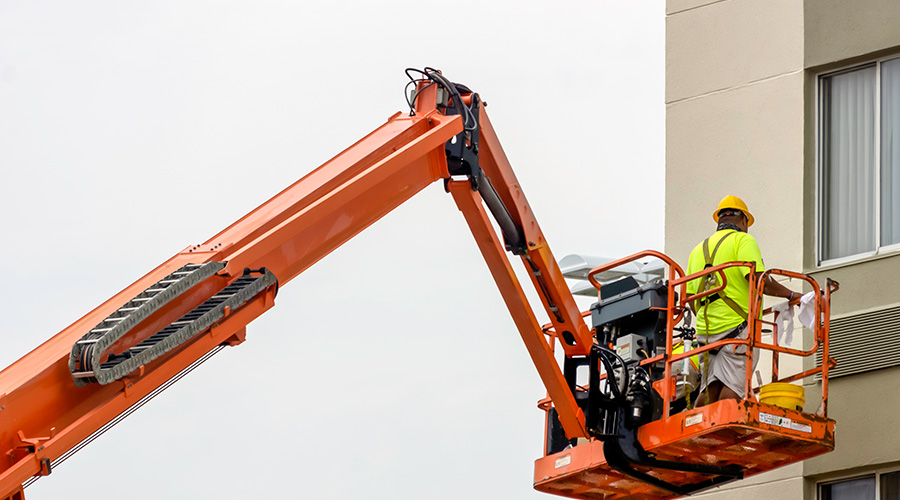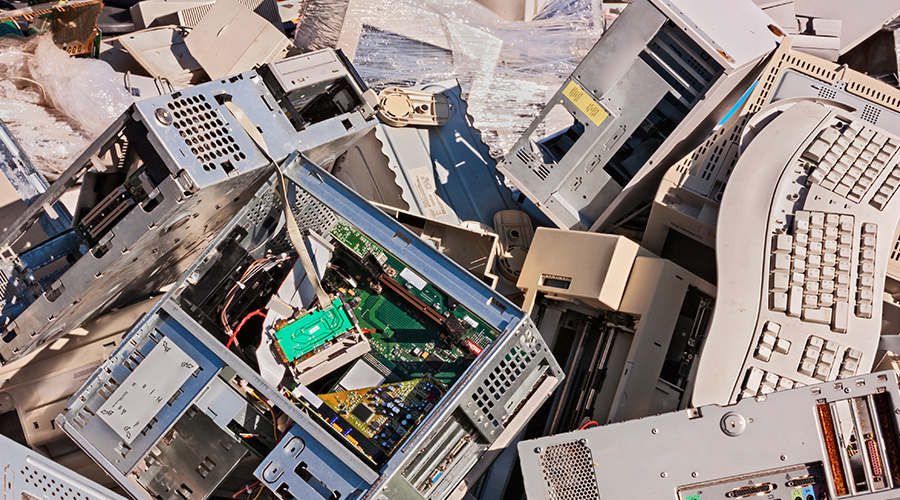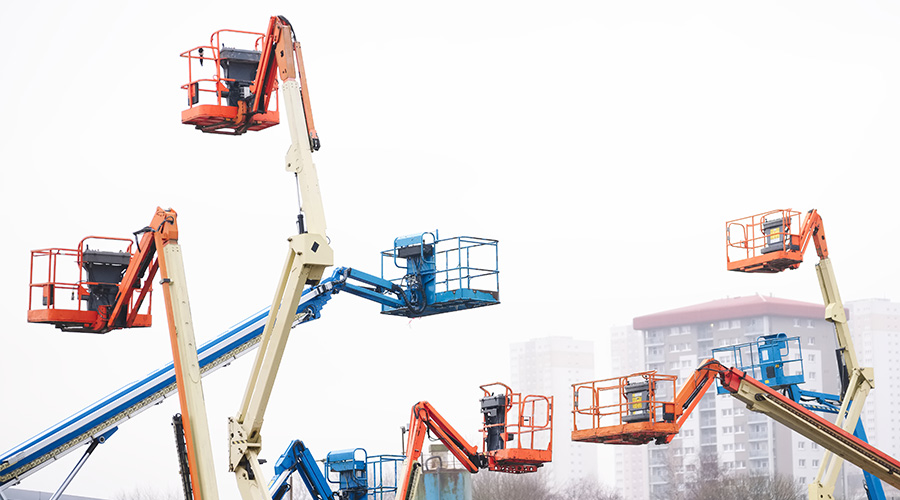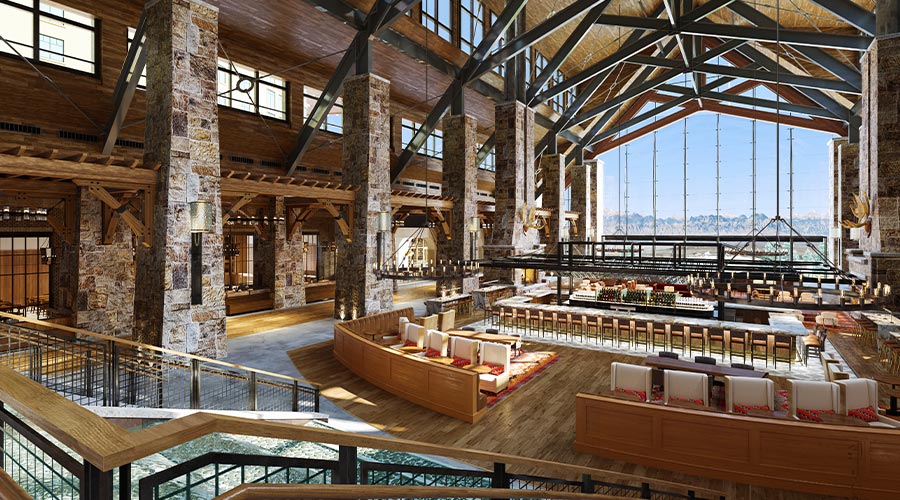Safety First: Staying Safe on MEWPs and Telehandlers
From safety to ergonomics, lifts have undergone several changes to make them more secure to operate.
Safety is crucial when operating heavy machinery such as mobile elevated work platforms (MEWPs) and telehandlers, as they can be dangerous if used incorrectly. Fortunately, manufacturers of these machines have been working to ensure that they are not only safer to use, but also more streamlined and comfortable.
Facility Maintenance Decisions spoke with manufacturers about the latest changes to the machinery that makes it safer for maintenance and engineering managers to use in institutional and commercial facilities.
FMD: What general advancements have been made to make MEWPs and telehandlers safer to operate?
"Beginning in 2020, all North American MEWPs of all conforming brands were redesigned to adhere to the new ANSI/OSHA A92.20 MEWP design standards. This completely updated design standard for the first time in decades includes safety features like platform load sensing, machine tilt sensing, standardized entry gates and toe boards, tires standards, wind-force (indoor/outdoor) ratings, railing heights, operation manual standardization and more. In general, for all equipment types, the newer the equipment, the better and more modern the safety features are."
— Austin Caskey, product line manager – material handling, Sunbelt Rentals
"The latest generation of telehandlers has a variety of features that make them a productive and efficient option for many job sites.
For safety, side-mounted engines and a low-profile boom gives operators optimal visibility of the jobsite. Adding a wraparound rear window to the design enhances the operator's view to the side and rear of the machine.
Finally, today's hydraulic systems are designed for faster boom speeds at a lower rpm with improved multifunctioning capability."
— Mike Fitzgerald, marketing manager, Bobcat
"Technologies are changing today’s worksites and shaping the worksite of tomorrow. The latest telehandler features introduced in the market are examples of this. They are specifically designed to improve equipment productivity, increase operator confidence and enhance job site safety.
For example, telehandlers equipped with a load stability indication (LSI) system can help operators remain within the telehandler's forward load capacity. Seatbelt engagement and operator presence systems enhance job site safety by using both visual and audible alarms when an operator is seated and unbuckled, as well as limiting machine functions when an operator is not present in the seat.
Also, advancements in backup camera technology, like a multi-reverse camera system, can help telehandler operators see more on the backside of the machine. This feature increases job site awareness by displaying multiple views from behind the machine — left, right and rear — giving operators more confidence when backing up.
Finally, advancements in boom control technology, such as remote boom control, enable telehandler operators to control the machine’s boom from outside the cab. This feature provides operators with improved visibility during load placement.
Although not specific to telehandlers, digital solutions also expand for use during the initial design and planning stages through finish work. These solutions are making job sites more efficient. Some examples include BIM libraries and augmented reality apps, which can help rental companies and contractors plan for and select the right equipment for the work at hand."
— John Boehme, senior product manager – telehandlers, JLG
FMD: What kind of wearables and personal protective equipment (PPE) should operators wear?
"It is important to always consult the operators guide for PPE requirements for any specific machine prior to using it. There are very specific PPE requirements when it comes to MEWP machines, and that always starts with fall protection, which usually consists of a harness and a lanyard which serves the purpose of trying to restrain operator falls from height. Depending on the job and application, standard hand, eye or head protection should also always be worn."
— Austin Caskey, product line manager – material handling, Sunbelt Rentals
"PPE for working on, in, or around MEWPs or telehandlers may include fall protection, a safety vest, steel-toed boots and a hardhat. The appropriate PPE will depend on the conditions on the job site or in the facility.
Wearing the right PPE for the job serves two purposes: It protects workers and helps employers comply with relevant safety standards and OSHA requirements.
Follow the three Cs to boost proper PPE usage on the job:
- Comfortable: PPE must be comfortable. When equipment is uncomfortable, workers are less likely to wear it. Or worse, they may make modifications that create risks rather than prevent them. When PPE is too loose, too tight or made from scratchy or stiff material, it can hinder a worker’s movement and productivity. The best way to determine whether PPE will be comfortable is:
- Conduct a wear test at your facility
- Try out PPE from several manufacturers and collect feedback from workers on which manufacturers’ equipment they prefer
- Work with a manufacturer who allows you to customize their equipment
- Offer various sizes for workers to choose from, including sizes specifically for women
- When choosing materials, look for PPE that is wicking, breathable and lightweight to regulate air temperature in both hot and cold environments
- Convenient: When PPE is both easy to access and wear, workers are more likely to comply with your organization’s PPE requirements.
- Store all PPE in a convenient place where workers can access it as part of their daily routine
- Specify exactly what PPE is required for certain jobs
- Encourage workers to wear only the appropriate PPE items
- Comprehensive: Sometimes, workers don’t wear proper PPE because they simply forget what is required for the job at hand. Fewer PPE items are easier for workers to remember, especially when extensive PPE is necessary to keep them safe.
- Look for multipurpose PPE, consider options that address multiple hazards at once (example: industrial safety gloves that are also fire retardant)
- Upgrade outdated equipment to keep workers as safe as possible
Hearing loss is one of the most common issues that affects workers. Fortunately, it’s easily preventable once you identify areas of your worksite with high levels of sound.
How to know when you need hearing protection on the job:
- Use a sound level meter or a noise dosimeter to check noise levels
- Try standing a few feet away from a coworker and speaking normally. If you can’t be heard without raising your voice, the environment is loud enough to require ear protection
We live in an age of data. What if we could leverage the power of data to keep workers safer on the job? That’s where wearables come in. Proactive monitoring can help to prevent dangerous situations and allow work to be performed with less risk, as well as reducing a worker’s risk of injury or stress.
And, because wearables are small — a wristband or chest band, for example — they aren’t intrusive, making them more likely to be used.
Benefits of wearable sensors is that they can help because they can:
- Monitor vital signs like heart rate, skin temperature, oxygen levels and even electrical activity on the skin
- Alert the worker if a potentially dangerous level was recorded
- Sense the environment around the worker and sound a safety alarm if a situation becomes dangerous"
— Rick Smith, senior director of global training, JLG
FMD: How are machines designed with ergonomics in mind?
"There have been many recent improvements to operator comfort in machines, but the goal is always to do that without sacrificing any machine performance. Top manufacturers of MEWPs and telehandlers always innovate with the goal of maximizing machine productivity and efficiency."
— Austin Caskey, product line manager – material handling, Sunbelt Rentals
"To prevent operator discomfort, heated air suspension seats adjust to the operator’s weight, enabling maximum comfort for a long day’s work. When it’s cold outside, the heated seat complements the automatic temperature control. As the seat moves up and down, the joystick moves with the seat for added comfort and enhanced controllability during operation. Operators can adjust thejoystickup or down to their preferred position."
— Mike Fitzgerald, marketing manager, Bobcat
"Because boom lifts are designed to tackle overhead work in high locations, optional accessories for these MEWPs to enhance the equipment operators’ ability to get overhead work done.
Mesh kits for boom lifts help keep the materials and tools operators are using inside the platform, preventing dropped objects from falling from aerial worksites.
When the work-at-height requires users to exit the boom lift’s platform, fall arrest options, like platforms and bolt-on solutions, allow workers to leave the platform and perform their work without detaching from the safety lanyard.
Add-on tool trays help operators optimize their platform space with extra compartments for commonly used job site tools, like power tools, and personal items, like mobile devices.
Accessories like pipe racks, which keep conduit and pipes in place outside of the platform, and panel carriers, enable operators to load drywall, glass, plywood or sheetrock panels outside the boom lift’s rails in a carrier tray. This can be a real asset for drywallers and panel installers to transfer the panels to the elevated or overhead installation site. Both types of accessories free up the workspace inside the platform while keeping tools and materials organized and within reach.
Extra lighting options, such as flood lamps, can promote a better working environment for both the operators on the platform and the crew on the ground. Flood lamps, for example, illuminate darkened areas with minimal natural light.
Working year-round is an option when a boom lift is equipped with cold weather or arctic packages, enabling these machines to operate more effectively in below-freezing conditions.
And object detection systems can alert boom lift operators if they are nearing an obstruction during machine operation, increasing the protection of people and property."
— Angela Patterson, product management specialist – boom lifts, JLG
Jeff Wardon, Jr., is the assistant editor of the facilities market.
Related Topics:






